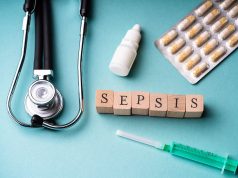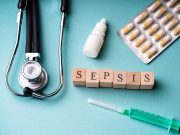GAGome score had 90 percent sensitivity, 51 percent specificity for radiological recurrence, with AUC of 0.73 for nonmetastatic clear-cell renal cell carcinoma
By Elana Gotkine HealthDay Reporter
WEDNESDAY, March 26, 2025 (HealthDay News) — Urine glycosaminoglycan profiles (GAGomes) have high sensitivity for nonmetastatic clear-cell renal cell carcinoma (M0ccRCC) recurrence, according to a study presented at the 40th annual European Association of Urology Congress, held from March 21 to 24 in Madrid.
Saeed Dabestani, M.D., Ph.D., from Lund University in Sweden, and colleagues conducted a prospective, multicenter diagnostic test cohort study to evaluate GAGomes for postsurgical recurrence detection in patients with M0ccRCC and Leibovich Score ≥5. Radiological recurrence was assessed using standard-of-care follow-up imaging up to 18 months, and urine GAGomes were measured every three months.
One hundred thirty-four of the 393 patients screened met the inclusion criteria. The researchers found that 15.7 percent of the participants had a recurrence at a median follow-up of 15 months. The GAGome score had 90 and 51 percent sensitivity and specificity, respectively, for radiological recurrence, with an area under the receiver operating characteristic curve score of 0.73. The positive predictive value was 26 percent, and the negative predictive value was 97 percent. The median lead time (time difference between the first positive GAGome score and radiological recurrence) was 4.2 months. A 10-point increase in GAGome score was associated with a hazard ratio of 1.62 for recurrence. There was a linear correlation seen for GAGome scores with the probability of radiological recurrence; at the last visit, there was reasonable goodness-of-fit versus observed probability.
“If you have a urine test that can accurately show whether the cancer has actually returned then you can better assess risk levels and reduce the frequency of the scans required,” Dabestani said in a statement. “Based on the results we have so far, it’s likely that we could safely halve the number of scans that patients have to undergo.”
Copyright © 2025 HealthDay. All rights reserved.


















